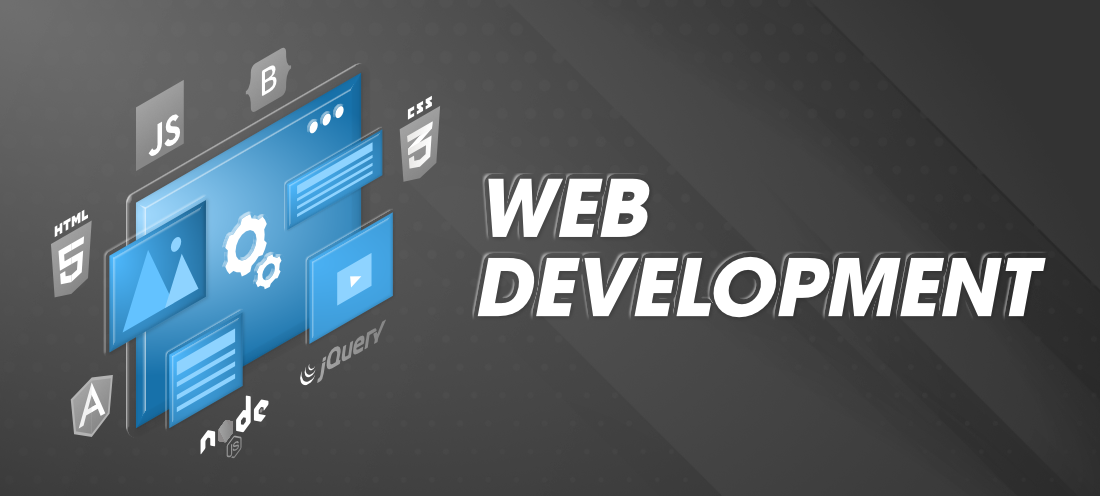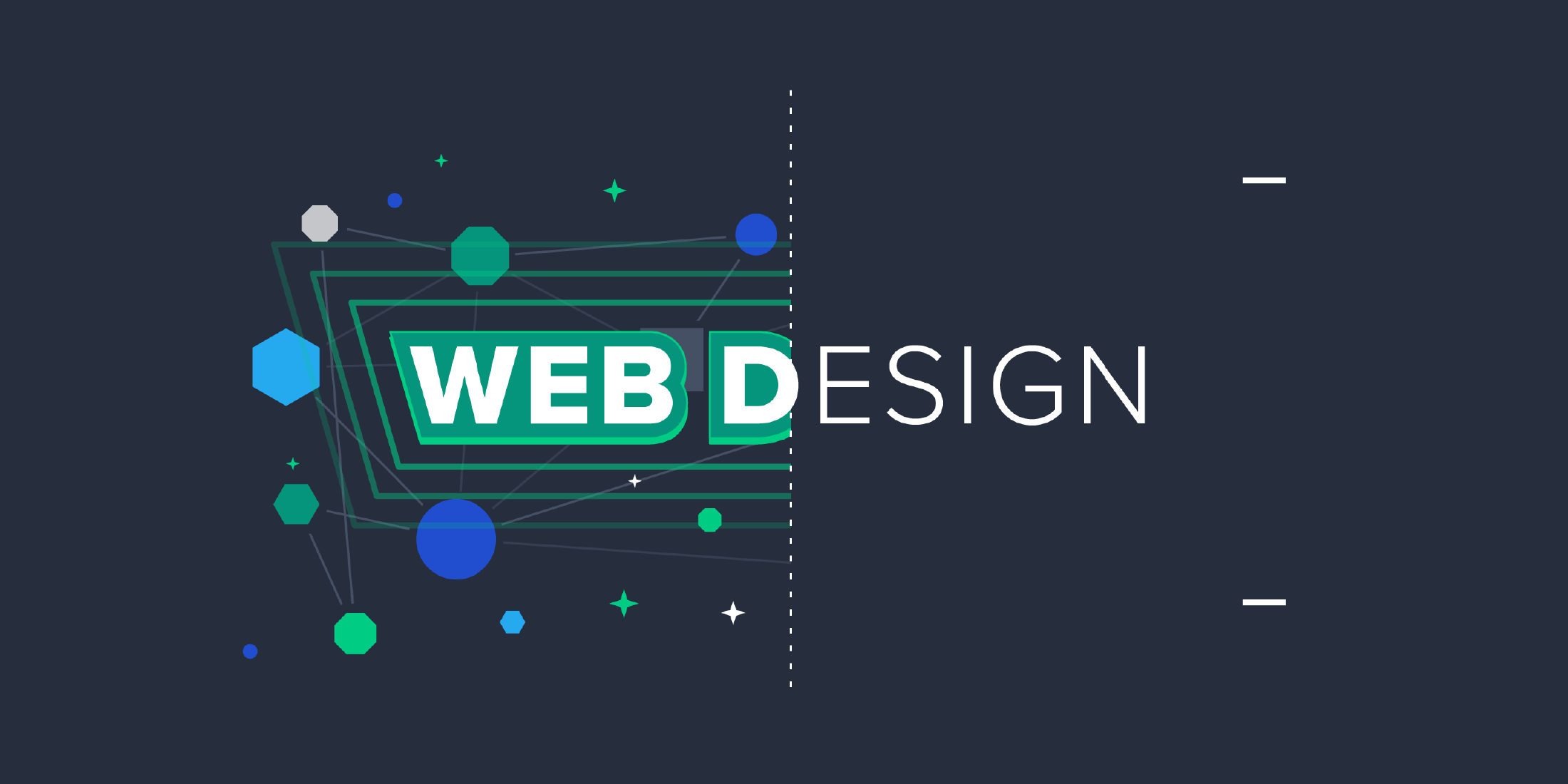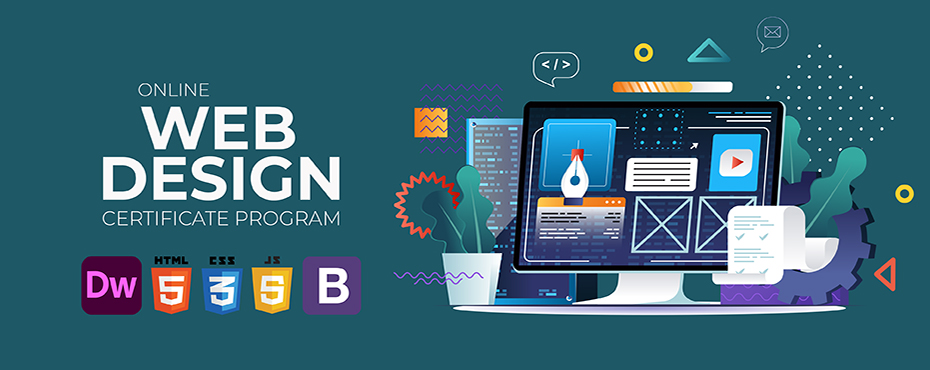All Categories
Featured
Table of Contents
- – Indianapolis Web Design And Digital Marketing ...
- – Basics Of Web Development & Coding Specializa...
- – 10 Principles Of Good Web Design - Smashing M...
- – Web Design Museum 1991 – 2006 Tips and Tricks:
- – 34 Of The Best Website Designs To Inspire You...
- – Web Design - Uci Division Of Continuing Educa...
- – Responsive Web Design - A List Apart Tips an...
- – Web Design Tutorials By Envato Tuts+ Tips an...
- – Penner Home - Durham Web Design - Penner Web...
- – Web Design Projects - Behance Tips and Tricks:
- – Powderkeg: Web Design Madison, Wi Tips and T...
Indianapolis Web Design And Digital Marketing Agency Tips and Tricks:
Quick summary Use and the energy, not the visual design, figure out the success or failure of a site. Given that the visitor of the page is the only individual who clicks the mouse and for that reason decides everything, user-centric style has developed as a basic method for effective and profit-oriented web design - web design frederick md.
and the energy, not the visual style, determine the success or failure of a site. Given that the visitor of the page is the only individual who clicks the mouse and therefore chooses everything, user-centric design has become a standard technique for effective and profit-oriented website design. After all, if users can't utilize a function, it may also not exist.
g. where the search box must be put) as it has actually already been performed in a variety of short articles; instead we focus on the methods which, utilized appropriately, can cause more sophisticated design decisions and simplify the procedure of viewing provided info. Please observe that you may be thinking about the usability-related posts we've published before: Principles Of Excellent Site Design And Efficient Website Design Standards, In order to use the principles effectively we first require to comprehend how users engage with sites, how they think and what are the fundamental patterns of users' habits.
Basics Of Web Development & Coding Specialization - Coursera Tips and Tricks:
Visitors look at each new page, scan a few of the text, and click the very first link that catches their interest or slightly looks like the thing they're trying to find. There are large parts of the page they don't even look at. A lot of users browse for something intriguing (or useful) and clickable; as soon as some appealing prospects are discovered, users click.
If a page supplies users with top quality content, they are willing to compromise the content with advertisements and the design of the site. This is the factor why not-that-well-designed websites with top quality material gain a great deal of traffic over years. Material is more crucial than the design which supports it.

Very easy principle: If a website isn't able to satisfy users' expectations, then designer failed to get his job done correctly and the business loses money. The higher is the cognitive load and the less intuitive is the navigation, the more willing are users to leave the website and search for options.
10 Principles Of Good Web Design - Smashing Magazine Tips and Tricks:
Neither do they scan webpage in a linear fashion, going sequentially from one website section to another one. Instead users satisfice; they choose the first sensible alternative. As quickly as they find a link that looks like it might result in the objective, there is a really good chance that it will be instantly clicked.
It doesn't matter to us if we comprehend how things work, as long as we can utilize them. If your audience is going to imitate you're creating billboard, then design excellent signboards." Users desire to have the ability to control their internet browser and count on the consistent information discussion throughout the site.
If the navigation and site architecture aren't intuitive, the number of concern marks grows and makes it harder for users to understand how the system works and how to receive from point A to point B. A clear structure, moderate visual hints and easily recognizable links can assist users to discover their course to their objective.
Web Design Museum 1991 – 2006 Tips and Tricks:

Because users tend to check out sites according to the "F"-pattern, these three statements would be the very first components users will see on the page once it is packed. The design itself is simple and user-friendly, to comprehend what the page is about the user requires to search for the answer.
Once you've attained this, you can communicate why the system is helpful and how users can benefit from it. Don't Squander Users' Persistence, In every project when you are going to use your visitors some service or tool, attempt to keep your user requirements minimal.
First-time visitors want to, not filling long web kinds for an account they might never use in the future. Let users check out the site and discover your services without forcing them into sharing personal information. It's not sensible to force users to go into an e-mail address to check the feature.
34 Of The Best Website Designs To Inspire You In 2022 Tips and Tricks:
Stikkit is a perfect example for an user-friendly service which requires practically nothing from the visitor which is inconspicuous and comforting. And that's what you want your users to feel on your web website. Obviously, Termite requires more. The registration can be done in less than 30 seconds as the form has horizontal orientation, the user does not even require to scroll the page.
A user registration alone suffices of an obstacle to user navigation to reduce inbound traffic. 3. Handle To Focus Users' Attention, As sites offer both static and vibrant material, some elements of the user interface bring in attention more than others do. Clearly, images are more captivating than the text simply as the sentences marked as bold are more attractive than plain text.
Focusing users' attention to specific areas of the website with a moderate use of visual aspects can assist your visitors to get from point A to point B without thinking about how it actually is supposed to be done. The less enigma visitors have, the they have and the more trust they can establish towards the company the website represents.
Web Design - Uci Division Of Continuing Education Tips and Tricks:
Strive For Feature Direct exposure, Modern web styles are generally criticized due to their approach of guiding users with aesthetically appealing 1-2-3-done-steps, big buttons with visual impacts etc. From the design viewpoint these components in fact aren't a bad thing.
The website has 9 main navigation choices which show up at the very first look. The option of colors might be too light, though. is an essential concept of effective interface design. It doesn't really matter how this is accomplished. What matters is that the material is well-understood and visitors feel comfortable with the method they connect with the system.
Rather a cost: simply what visitors are looking for. An ideal solution for reliable writing is touse short and concise expressions (come to the point as quickly as possible), use scannable layout (classify the content, use several heading levels, utilize visual aspects and bulleted lists which break the circulation of uniform text blocks), use plain and objective language (a promotion doesn't need to sound like advertisement; give your users some reasonable and objective factor why they must utilize your service or stay on your website)6.
Responsive Web Design - A List Apart Tips and Tricks:
Users are seldom on a site to enjoy the style; furthermore, most of the times they are looking for the details regardless of the design - web design frederick md. Strive for simplicity rather of intricacy. From the visitors' point of view, the very best site design is a pure text, with no ads or additional material blocks matching precisely the query visitors used or the material they've been trying to find.
Finch plainly provides the info about the site and gives visitors an option of alternatives without overcrowding them with unneeded material. Not just does it help to for the visitors, however it makes it possible to perceive the details provided on the screen.
Complex structures are harder to check out, scan, examine and deal with. If you have the option between separating two style sectors by a noticeable line or by some whitespace, it's normally much better to utilize the whitespace option. (Simon's Law): the better you manage to provide users with a sense of visual hierarchy, the easier your content will be to view.
Web Design Tutorials By Envato Tuts+ Tips and Tricks:
The same conventions and rules should be used to all elements.: do the most with the least amount of hints and visual aspects. Four significant points to be considered: simplicity, clarity, distinctiveness, and focus. Simplicity includes only the aspects that are crucial for communication. Clearness: all elements ought to be designed so their significance is not unclear.
Conventions Are Our Good friends, Traditional style of site aspects does not result in a boring web site. It would be an usability problem if all sites had different visual presentation of RSS-feeds.
comprehend what they're anticipating from a site navigation, text structure, search placement etc. A case in point from use sessions is to equate the page in Japanese (assuming your web users don't know Japanese, e. g. with Babelfish) and supply your functionality testers with a job to find something in the page of various language.
Penner Home - Durham Web Design - Penner Web Design ... Tips and Tricks:
Test Early, Test Typically, This so-called TETO-principle must be applied to every web design task as usability tests typically supply into considerable problems and concerns related to a provided design. Test not too late, not too little and not for the wrong factors.
Some crucial indicate bear in mind: according to Steve Krug, and screening one user early in the project is better than screening 50 near completion. Accoring to Boehm's very first law, mistakes are most regular during requirements and design activities and are the more pricey the later on they are eliminated.
That indicates that you create something, test it, fix it and after that evaluate it once again. There might be issues which haven't been discovered during the preliminary as users were almost obstructed by other issues. use tests. Either you'll be indicated the problems you have or you'll be indicated the lack of major style flaws which is in both cases a helpful insight for your job.
Web Design Projects - Behance Tips and Tricks:

This holds for designers too. After you have actually worked on a website for couple of weeks, you can't observe it from a fresh perspective any longer. You understand how it is constructed and for that reason you know exactly how it works you have the knowledge independent testers and visitors of your website would not have.
It can be connected to other areas such as graphic design, user experience, and multimedia arts, but is more aptly seen from a technological viewpoint. It has actually ended up being a large part of people's daily lives. It is hard to envision the Web without animated graphics, different designs of typography, background, videos and music.
During 1991 to 1993 the World Wide Web was born. Text-only pages could be seen using a simple line-mode browser. There had actually been no integrated method to graphic style components such as images or sounds.
Powderkeg: Web Design Madison, Wi Tips and Tricks:
The W3C was developed in October 1994 to "lead the Internet to its complete potential by establishing common protocols that promote its development and guarantee its interoperability." This dissuaded any one business from monopolizing a propriety browser and programming language, which might have altered the impact of the Internet as a whole.
As this has occurred the technology of the web has actually also moved on. There have actually likewise been substantial modifications in the way people use and access the web, and this has actually altered how websites are designed. Given that the end of the browsers wars [] brand-new browsers have actually been released. Much of these are open source suggesting that they tend to have much faster advancement and are more supportive of brand-new standards.
Learn more about Lovell Media Group LLC or TrainACETable of Contents
- – Indianapolis Web Design And Digital Marketing ...
- – Basics Of Web Development & Coding Specializa...
- – 10 Principles Of Good Web Design - Smashing M...
- – Web Design Museum 1991 – 2006 Tips and Tricks:
- – 34 Of The Best Website Designs To Inspire You...
- – Web Design - Uci Division Of Continuing Educa...
- – Responsive Web Design - A List Apart Tips an...
- – Web Design Tutorials By Envato Tuts+ Tips an...
- – Penner Home - Durham Web Design - Penner Web...
- – Web Design Projects - Behance Tips and Tricks:
- – Powderkeg: Web Design Madison, Wi Tips and T...
Latest Posts
Wicky Design: Philadelphia Web Design Tips and Tricks:
Penner Home - Durham Web Design - Penner Web Design ... Tips and Tricks:
Freelance Website Designer Frederick MD
More
Latest Posts
Wicky Design: Philadelphia Web Design Tips and Tricks:
Penner Home - Durham Web Design - Penner Web Design ... Tips and Tricks:
Freelance Website Designer Frederick MD